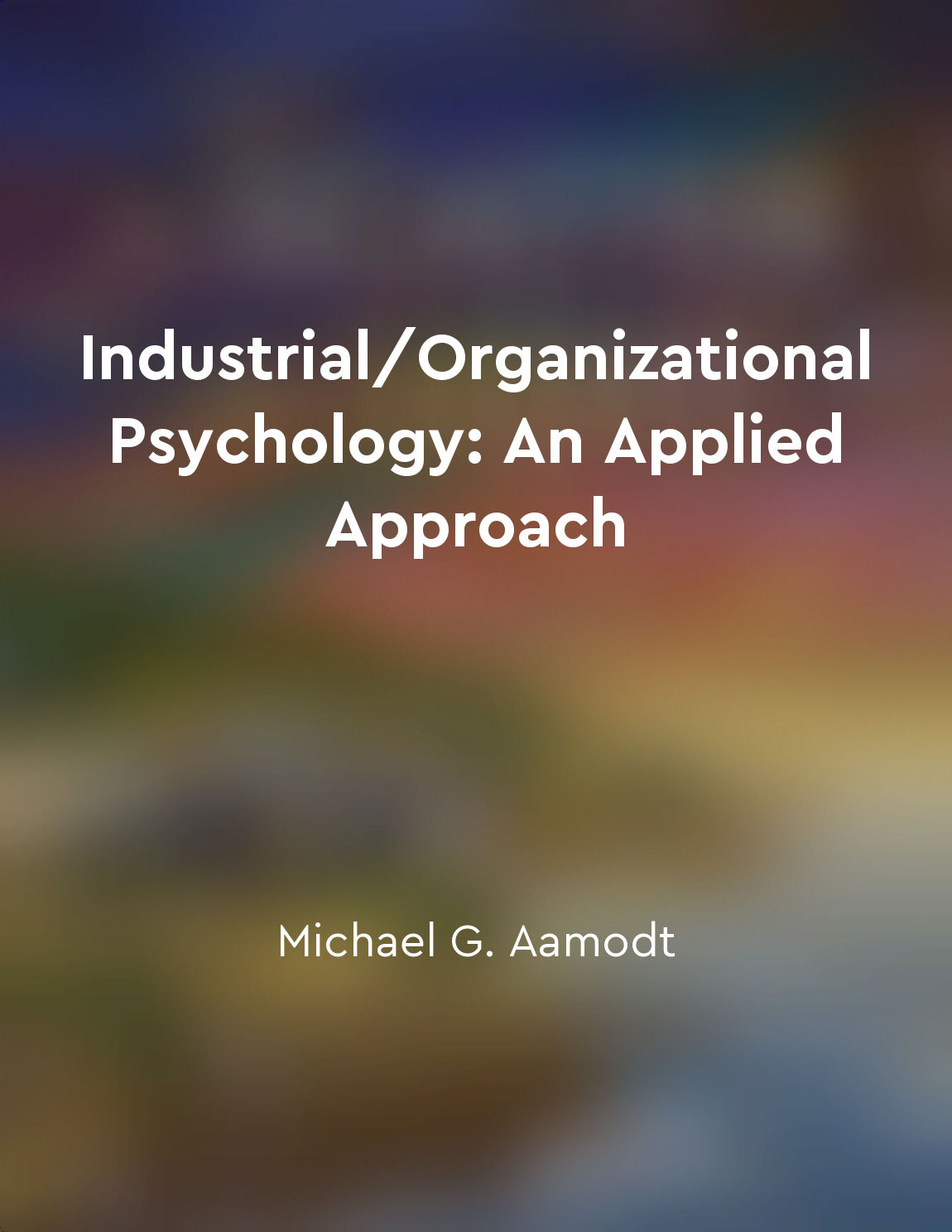Training and development techniques from "summary" of Industrial/Organizational Psychology: An Applied Approach by Michael G. Aamodt
Training and development techniques are essential to the success of any organization. They are invaluable tools to help employees achieve their goals in the workplace and get the most out of their work. Developing these techniques is essential for businesses to reach their potential and stay competitive in their respective markets.- Training and development techniques should be holistic, designed to build on strengths in order to support employees’ growth and performance. Tailored approaches need to consider the goals of the organization as well as individual employees’ needs when incorporating learning activities.
- Regular feedback, both from supervisors and peers, is critical to assessing how well a plan is meeting competency objectives. Utilizing surveys or other methods to ensure that staff are properly using training and development techniques can help determine where any weaknesses or gaps may exist.
- Mentoring programmes offer a variety of direct advantages such as access to important resources, insights from experienced personnel and informal guidance on adapting to organisational culture. Through shared learning, mentors can coach mentees on managerial and complex professional duties by providing constant feedback on performance.
- Action learning, which emphasizes team problem solving and involves several different steps including identifying issues, collecting data and analyzing information, is a great way to foster ongoing engagement. The lessons learned are designed to arm participants with relevant strategies for addressing problems quickly and confidently.
- Job instruction training (JIT. is one effective methodology for teaching both technical and non-technical tasks. It involves breaking down activities into their smallest components and then providing step-by-step instructions to successfully complete the task.
- Technology enabled learning has revolutionised traditional methods of imparting instruction in recent years. Through e-learning, employees are able to access virtual classrooms, online educational courses and interactive study materials anytime, anywhere. This kind of training and development can make the process easier and cost-effective.
- Beyond book-based learning, experiential simulations can be leveraged to build up knowledge and problem solving skills more immediately. By participating in scenarios that put acquired knowledge into practice, employees gain an invaluable hands-on experience that can boost personal confidence.
- Formation of internal collaborations between teams is an excellent way of fostering innovation. Brainstorming sessions, idea exchanges and knowledge sharing activities all open up new perspectives and opportunities that might have been overlooked otherwise.
- Improvement through coaching relies heavily on trust, encouragement and positive reinforcement. It serves as a cornerstone for building self-confidence as coaches work directly with individuals to identify areas of strength and develop strategiesthat will help them reach their ultimate potential.


